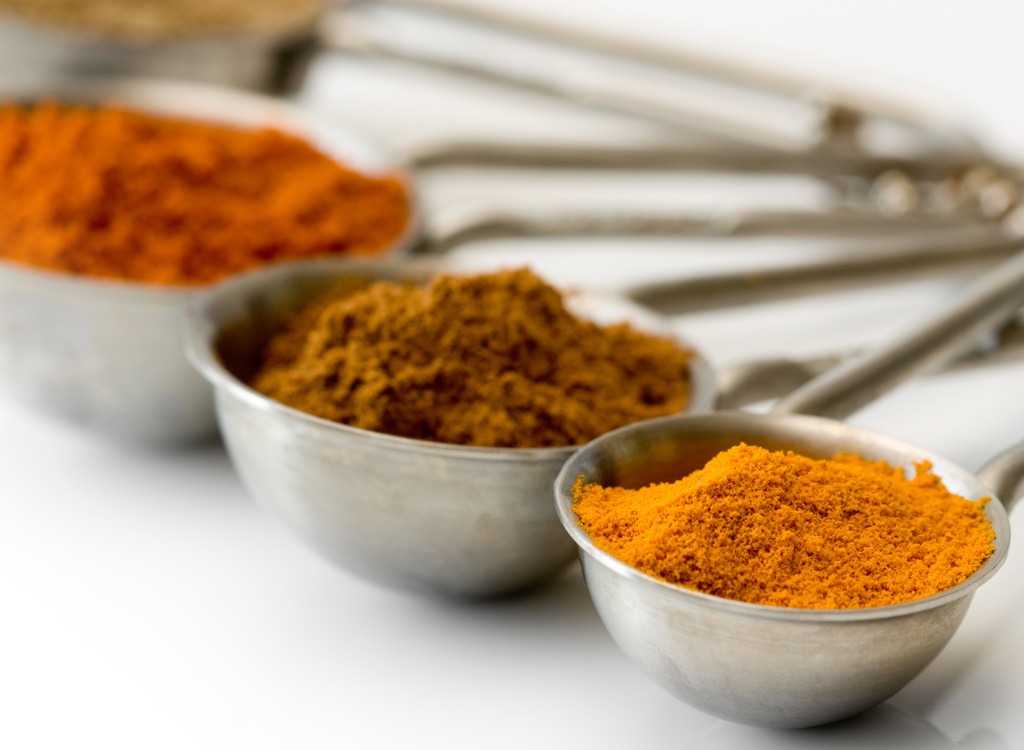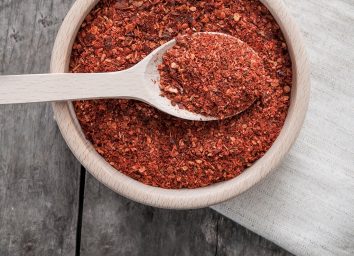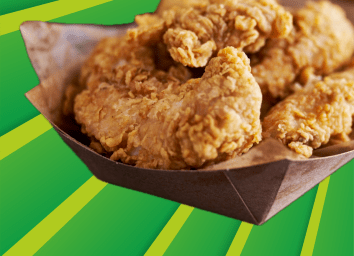3 Scary Ingredients Hiding in Your Spice Rack

Unfortunately, peppercorns and bay leafs can no longer pay the rent; however, they’re still valuable for other reasons. Not only are they super affordable and possess the power to transform a “blah” dinner into something spectacular with the shake of a wrist, many of them are teeming with health benefits. While cinnamon can help balance blood sugar levels, chili flakes have been found to speed up metabolism. The list of perks goes on and on.
But not modern-day commercial seasonings are created equal. Like many other things in our food supply, many spice blends and marinades are tainted with scary ingredients like MSG, which more often than not, are hiding behind not-so-scary-sounding names. Don’t want to get duped? We’ve scoured the seasoning section of the grocery story and uncovered a number of products laden with creepy additives. Keep them out of your cart and remember to always scan the nutrition label—even when shopping for seemingly innocent groceries like Taco Seasoning and Italian Marinade. And while you’re scoping out your own spices at home to see which one’s need to be tossed, check out these 25 Awful Ingredients Everyone Still Uses—But Shouldn’t!
Caramel Coloring
You’ll Find It In: McCormick Grill Mates Brown Sugar Bourbon Seasoning, Lawry’s Signature Steakhouse Marinade with Worcestershire Sauce, McCormick Applewood BBQ Chicken Skillet Sauce
You may know to look out for caramel coloring in things like soda and commercially prepared baked goods (Chips Ahoy! we’re looking at you), but this ingredient is also hiding in sweet meat marinades and seasonings. To create the coloring agent, scientists use ammonia and sulfites to treat sugar, which yields the potentially carcinogenic end product that’s then poured into our food supply. Caramel coloring has been proven to cause cancer in animals, and the International Agency for Research on Cancer deemed the additive “possibly carcinogenic to humans.” That’s enough evidence to keep us away from the stuff.
Monosodium Glutamate
You’ll Find It In: Zatarain’s Red Bean Seasoning Mix and Etouffee Base, McCormick Perfect Pinch Vegetable Seasoning, McCormick Bourbon Chicken Skillet Sauce, Lawry’s Signature Steakhouse Marinade with Worcestershire Sauce
Monosodium Glutamate, or MSG (one of these 23 Worst Food Additives in America), uses the salt of the amino acid called glutamic acid to enhance the savory quality of food. This makes food taste more appetizing which can make it tough to drop the knife and fork—even if you’re already stuffed. In addition to that, MSG also increases the production of insulin, the fat-storage hormone—not what you want if you’re trying to maintain a trim bod. Besides adding inches of belly fat to your frame, MSG consumption has been linked to nasty side effects like headaches, nausea, chest pains, and weakness.
MSG charades under names including modified food starch, hydrolyzed protein, sodium caseinate, yeast extract, textured protein, and autolyzed yeast. In fact, when hydrolyzed protein in your food produces MSG, the FDA does not require MSG to be listed on the packaging although the effects are the same. The takeaway: hydrolyzed = MSG. A total no-go. Scan your spice rack and marinades so you can toss the offenders.
Soybean Oil
You’ll Find It In: Old El Paso Original Taco Seasoning Mix, McCormick Grill Mates Montreal Steak Seasoning; McCormick Perfect Pinch Vegetable Seasoning; Zatarain’s Red Bean Seasoning Mix, Lawry’s Signature Italian Marinade with Garlic, Onion & Herbs; Lawry’s Signature Steakhouse Marinade with Worcestershire Sauce
What do bread, salad dressings, and Fritos chips all have in common? They’re ultra-processed and spiked with soybean oil—just like many of the spices and marinades in your kitchen. Why should you care? Researchers at the University of California discovered that mice who were fed a diet high in soybean oil (about as much of the oil as a typical American consumes) gained 25 percent more weight than mice fed a coconut oil diet and 12 percent more than mice who were fed a coconut oil and fructose (sugar) diet. Since soybean oil is rich in omega-6 fatty acids, excessive amounts of the stuff can lead to an increased appetite. To make matters worse, it can also slow down the body’s fat burning capabilities. While we don’t yet know for sure if the same thing would happen to humans, do you really want to take a chance and find out? Didn’t think so.








